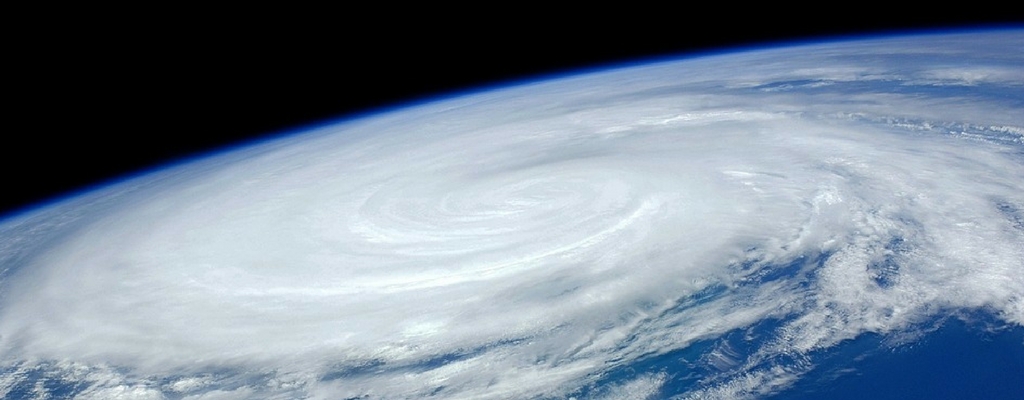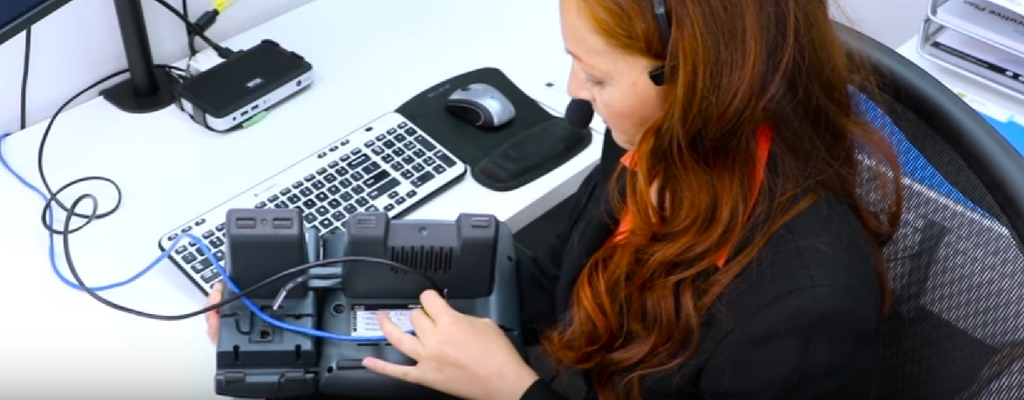
With Hurricane Irma threatening the East Coast and pummeling the Caribbean with winds of up to 180 MPH, residents and businesses owners are anxious about what kind of damage this category 5 hurricane might cause.
Although it may not be possible to stop any natural disaster in its tracks, we can at least prepare our businesses for the worst while we hope for the best.
There are a few things you can do that require little time and effort that can make a big difference in the recovery of your business once the storm has passed.
Don’t let Natural Disasters Hurt Your Business
There is a surprisingly large amount of small business owners that do not have a written disaster recovery plan and don’t see disaster preparedness as a priority.
Unfortunately, many small businesses don’t recover after a natural disaster and some fail about 2 years after reopening because they can’t regain the same traction of business that they had before.
Considering the devastating effects of Hurricane Harvey just a few weeks ago and the past hurricanes we’ve seen leave cities in despair, it would be wise to consider at least the essentials of disaster preparedness.
Call Continuity
If you want to be able to accept calls even if your office phones are out of service, set up call forwarding to ensure that your callers can still reach you.
This is especially useful for businesses that supply home improvement products, tools, and groceries. Local business that can assist their callers reliably not only helps the community but position their business as credible and customer-focused.
Watch the video to learn how to set up call forwarding from your Cisco Small Business Phone.
E911
E911 is used to locate anyone who calls 911 on your phone network. This helps rescuers locate people in need of assistance quickly.
If you’ve recently moved or haven’t updated your E911 location, it’s important that you do so as soon as possible with your service provider.
Even if you plan on moving for the duration of the storm, update the address to the location where you plan to stay.
Unplug your office phones
If you’re leaving your office space unattended during the storm, we recommend that you unplug and store your phones to minimize any unnecessary damage.
Stack them inside bins that latch closed with their respective cables labeled and label each phone with the name of the employee it belongs to. Store them in secure areas to avoid water damage.
This will ensure a quicker installation once everyone is back in the office.
The great thing about most VoIP phones is that they’re plug and play, meaning you can unplug them and plug them back in anywhere else without losing your configured settings.
You can take them home and receive calls there or reconnect them in your office as you get back to work.
Set up voicemail to email
Voicemail to email is the best way to receive messages from customers, employees, and partners when your phones are down. If you’re expecting higher volume than usual, this will be helpful in sorting out your messages as they come in.
Getting it set up is easy, too. FastPBX customers can contact support and provide the email they would like their messages to go to and the associated extension. That’s it!
If you’re not a FastPBX customer, please contact your service provider to learn how you can set up voicemail to email on your system.
Preparation for Your Customers
Part of your preparation should include your customers. Being able to inform them about your situation, especially if you have a national customer base, is a powerful move. It’s also not that hard to do.
Use your auto attendant to let them know about your situation and if there will be any delays in service or changes in hours of operation.
You can even create a voicemail greeting to let people in on your situation and the steps they can take to reach you or leave a message. Onsip has great templates that you can use for simple and effective voicemail greetings.
The Waiting Game
There is no way to know for sure what will happen with the coming hurricane, but getting your business ready can make it easier to bounce back and keep your calls coming in to reinforce your presence.
Considering that over a quarter of businesses never reopen after a natural disaster, it’s crucial to have a disaster recovery plan in place to ensure that your business bounces back with as little conflict as possible.
Additional Resources
Click here to get Hurricane Irma updates from the National Hurricane Center




